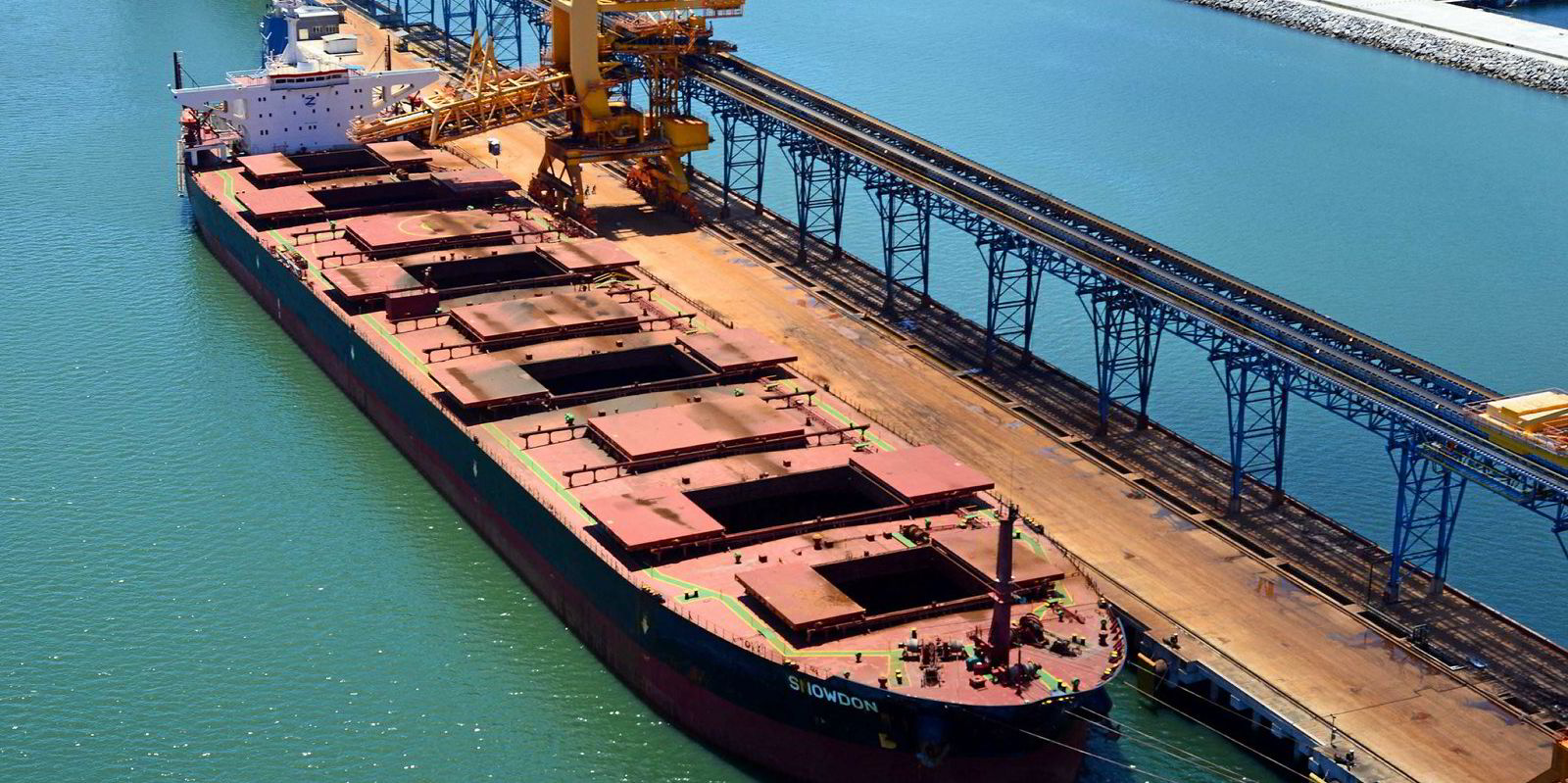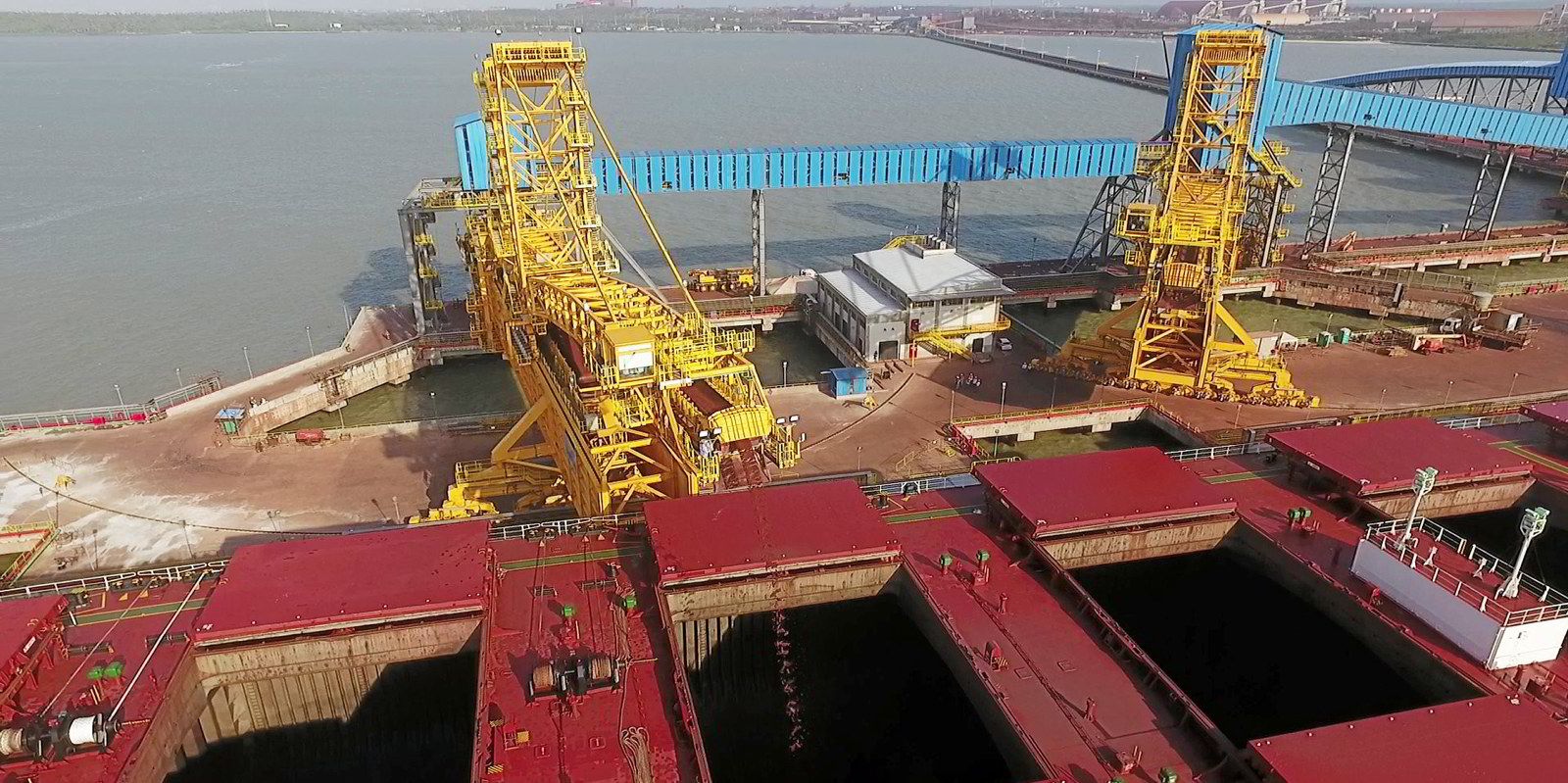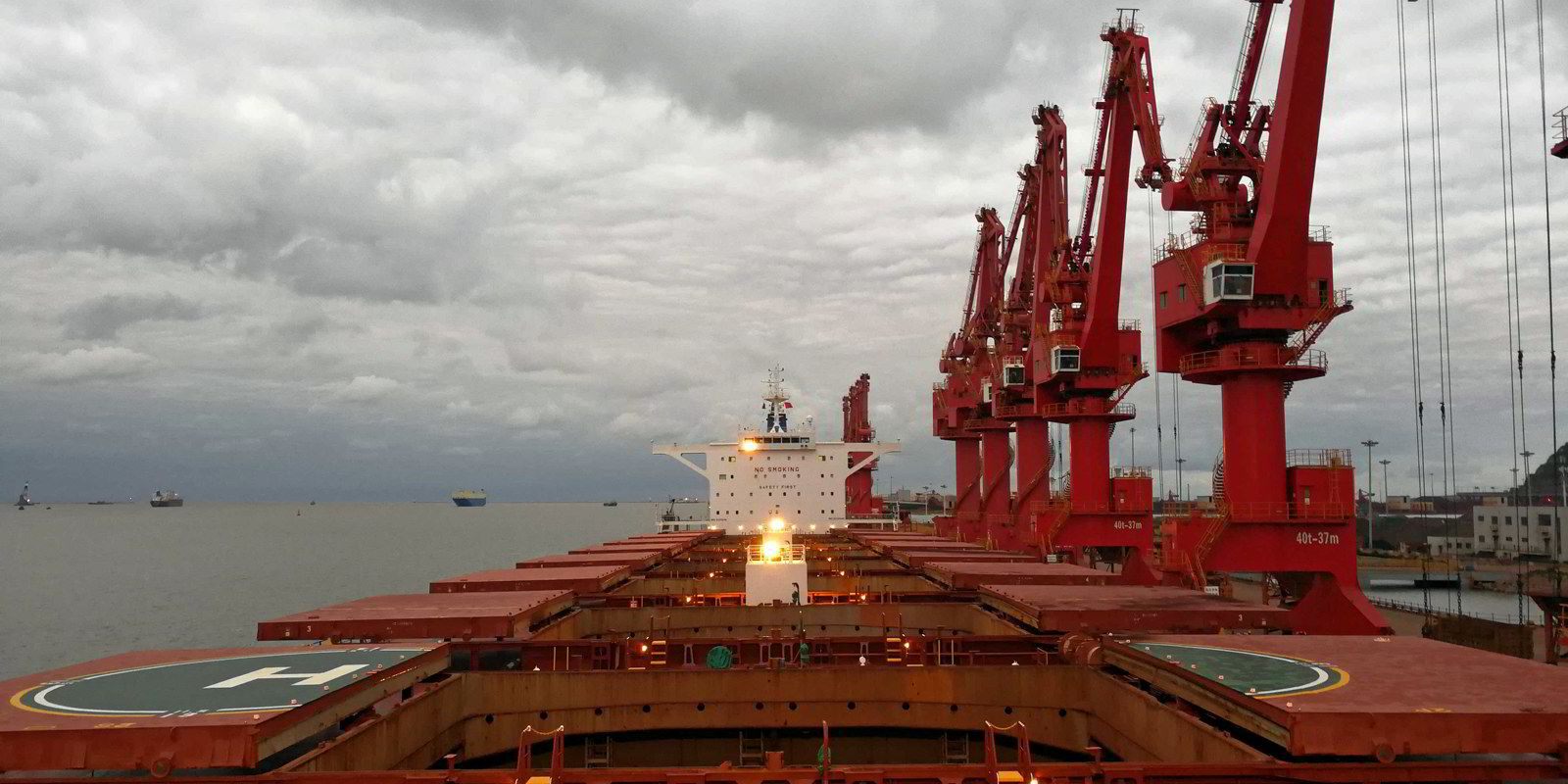Reduced port congestion due to global taming of Covid-19 may lead to a weaker market for dry bulk shipping, according to a market watcher.
The pandemic caused supply chain disruption worldwide for the better part of two years that resulted in bulkers sitting at anchor while waiting days and weeks for available berths.
Supply tightened like never before as a result, prompting record-high spot rates that led to better bottom lines for owners. For example, average spot rates for capesize bulkers reached almost $87,000 per day in late October 2021.
But the port congestion abated months ago as society got back to work thanks to vaccines, so bulker owners may not enjoy such a robust market driven by port delays caused by Covid-19 disruption, Maritime Strategies International (MSI) said.
The dry bulk market could be set for a downbeat 2023 with the pain potentially extended into 2024,” it said in a report on the dry bulk market.
“Behind the falling earnings picture is the faster than expected unwinding of port delays that kept the market buzzing during 2020-21, with port operations perhaps not far from approaching ’normality’,” the consultancy said.
Covid-19, which is surging in China as the country tries to reopen its society, and geopolitical factors may also hurt the market by lowering demand and hurting fleet utilisation, MSI said.
“To put it one way, where capesize markets have led towards the end of this year, others will soon follow,” dry bulk analyst Plamen Natzkoff said.
“We expect a cyclical downturn in the market over the next two-three years, characterised by pronounced weakness in bulk carrier earnings driven by the continuing erosion of support factors and tepid trade growth.”
A potentially weak global economy during 2023 may also put downward pressure on bulker spot rates, but a possible near-term steel-intensive stimulus from China’s government may offset any downward trend, MSI said.
“Whilst MSI finds itself unquestionably at the more bearish end of recent dry bulk market commentary from brokers, owners and other analysts, our forecast for dry bulk spot markets in 2023 is not far different from current FFA contracts,” Natzkoff said.
“Our analysis suggests that, without the benefit of a relatively small orderbook, market balances won’t begin to tighten again until 2025 with the potential for more meaningful growth in earnings from 2026.”
February contracts for capesize bulkers lost $222 per day on Thursday to come in at $7,721 per day, while March contracts slipped $282 per day to land at $9,339 per day, according to data from the Baltic Exchange.
John Kartsonas, founder of Breakwave Advisors, an asset management firm that runs a dry bulk exchange-traded fund, gave a contrarian view on waning port delays.
He said port congestion will continue to the benefit of bulker spot rates because port infrastructure lacks the capacity to keep up with trade growth.
“I think port congestion is in a secular uptrend, so anytime there is any issue, this tends to spike,” he told TradeWinds.
“For now [the lack of port delays] is negatively impacting rates, but that can change in a matter of weeks.”
He said China’s current surge in Covid-19 may hurt dry bulk spot rates by temporarily slowing down the country’s economy, but the negative impact is moot because the market usually performs poorly on the first quarter anyway, he said.
“But I do believe the chances of a better-than-expected market in [the second quarter] onwards are quite high,” he said.
“A lot of negatives are priced in dry bulk, so this time around — unlike last year that a lot of positives were priced in — the surprise will come on the upside.”






